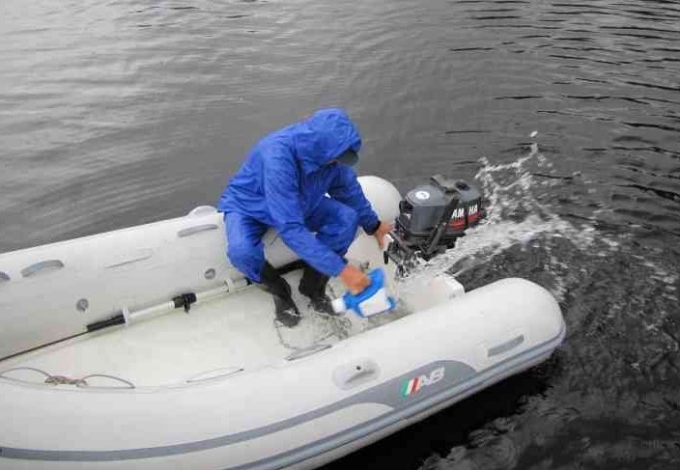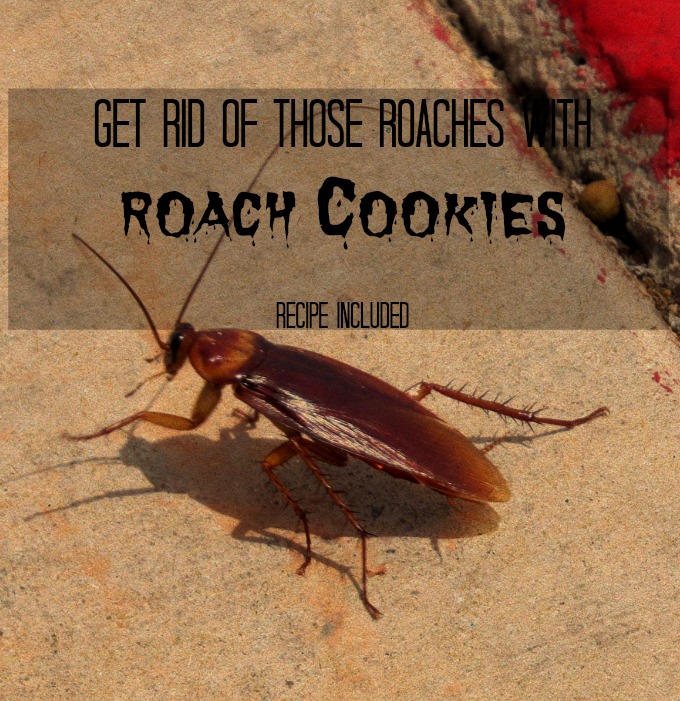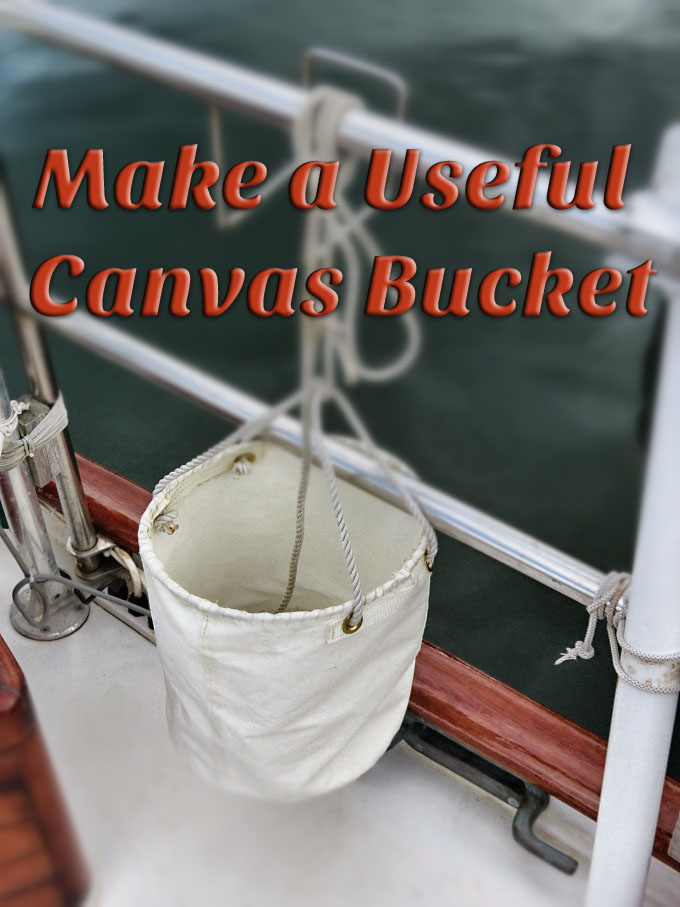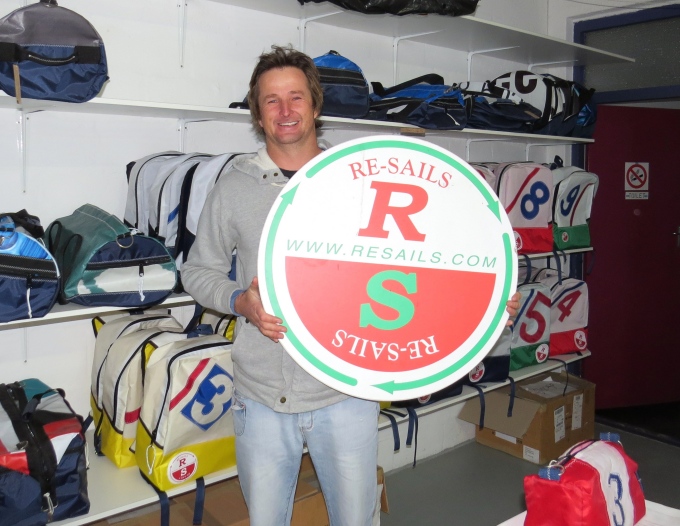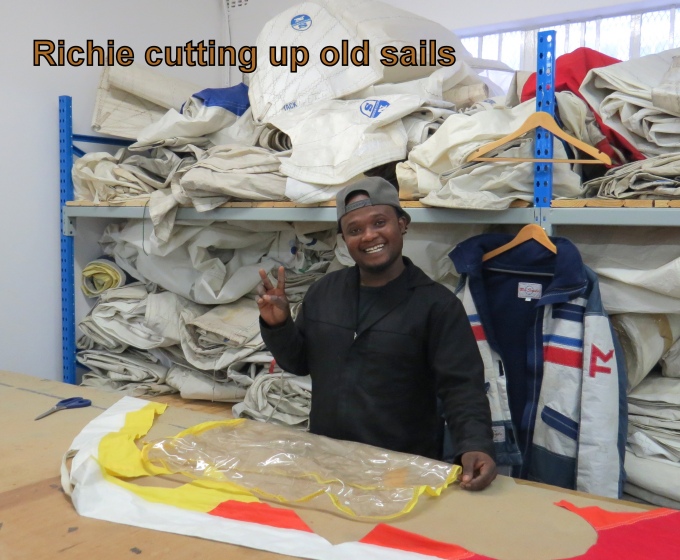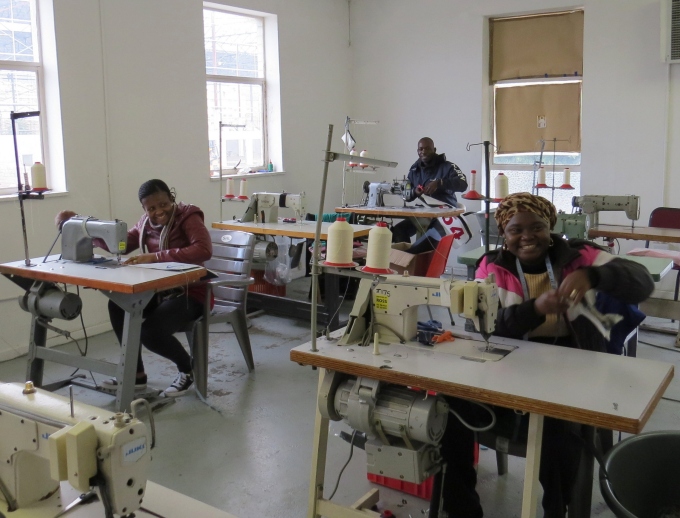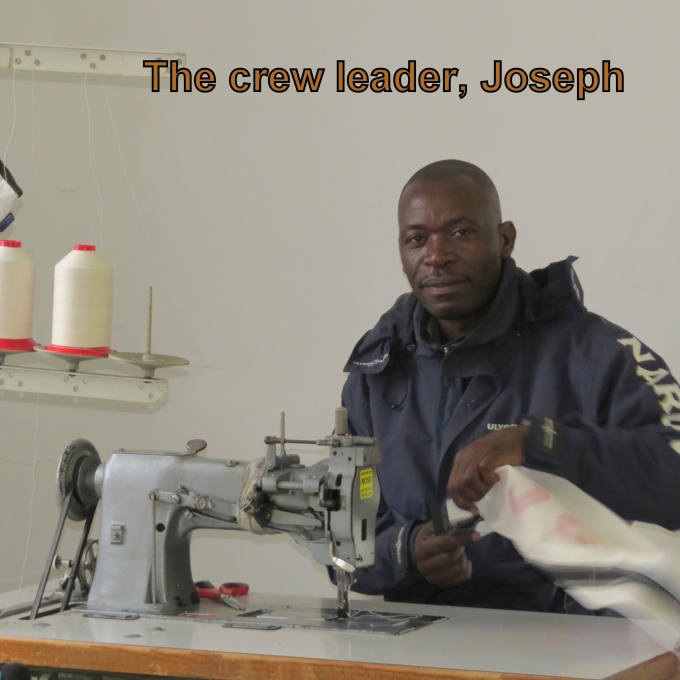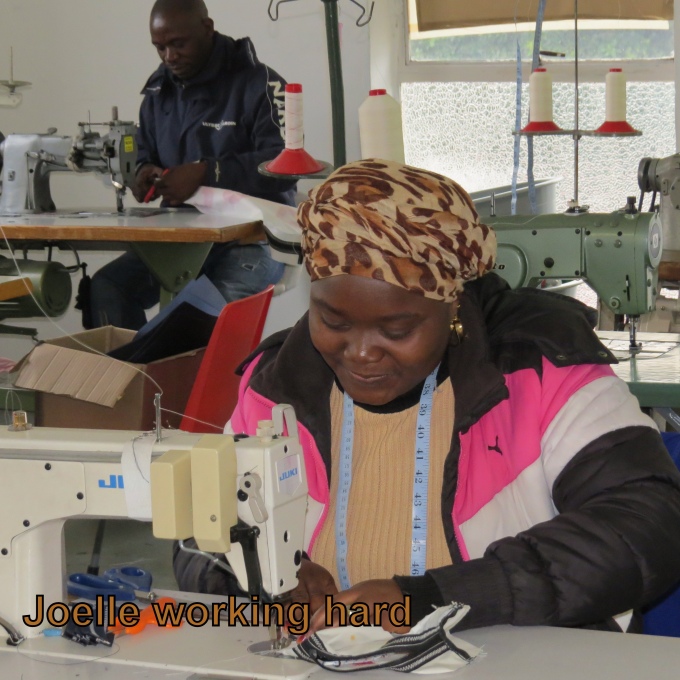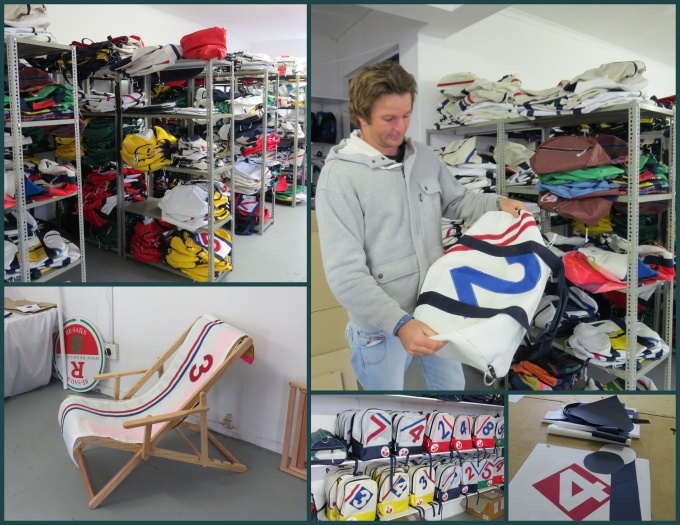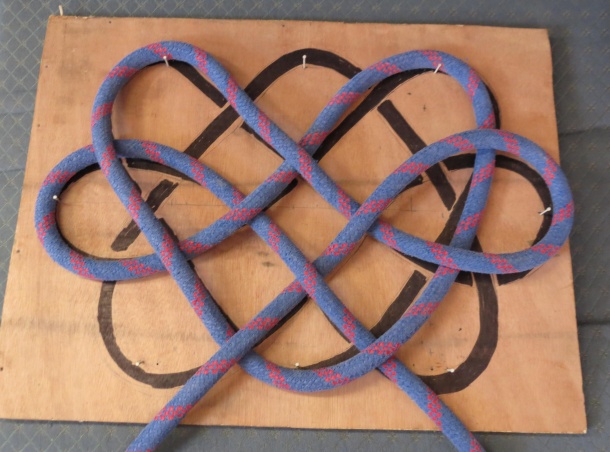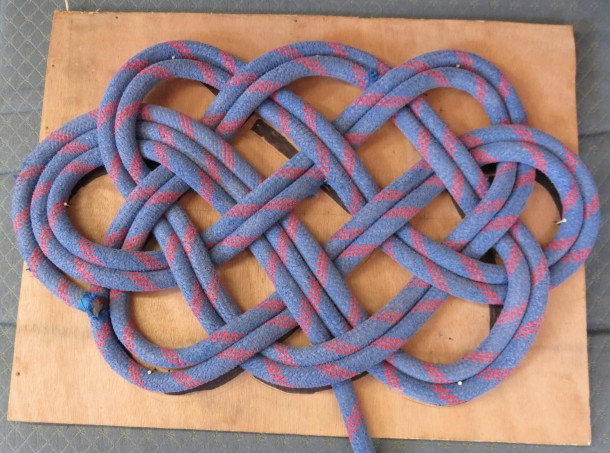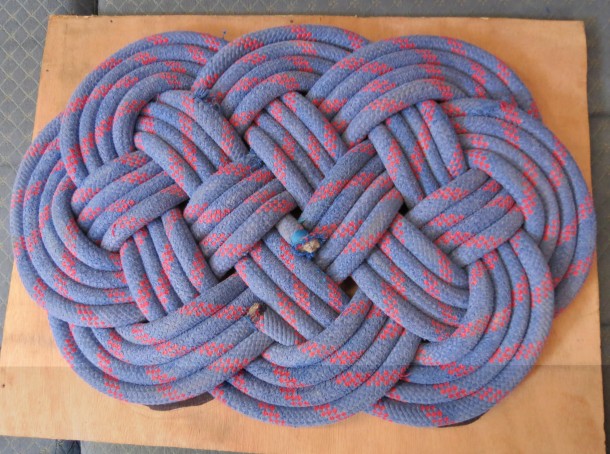Recycling on Nine of Cups
/Yesterday's post described donating our old genoa to ReSails and their efforts to turn old sails into useful items. Truth be told, I hate clutter, so I always have the urge to throw things away if I can't see an immediate use for them. David likes to keep things aboard in case we need them in the future. Experience and David's insistence have taught me that many common items have multiple uses and by saving them, we can recycle and put them to work again and, perhaps, save a few shekels along the way.

Here's a list of our most commonly recycled items on Nine of Cups and their uses:
Plastic grocery bags are kept and used as small waste basket liners.
Net veggie bags (like the ones onions come in) are used for shell and shellfish collecting.
Wine and champagne corks are used for storing needles, as well as fishing hooks and lures.
We rinse and re-use hardly used Zip-loc bags … we never know where/when we'll find them again and they really can survive several uses. We might not reuse them for food, but once rinsed, they can certainly be used for boat parts and bits.
Empty plastic laundry soap jugs with handles can be cut and used as dinghy bailers.
Plastic 1 ltr water/soda bottles w/caps can be used as beer bottles if you're into homebrew or other liquid storage. We use just the screw caps for roach cookie containers.
Glass jars and screw top lids can be re-used for canning/preserving and other food storage.
Old t-shirts become rags and polishing cloths. Never too many rags aboard! Since most of our t-shirts and clothes are purchased from thrift shops anyway, this is double and triple recycling at its best.
Old sails can be cut up and useable chunks are saved for sail repairs plus I make canvas buckets, canvas covers, etc.
Old wire from lifelines can be used as snakes for cleaning thru-hulls. I also reinforce the rim on canvas buckets with old lifeline and David makes security cables for locking things up … like the dinghy and dinghy engine. We also use them as a theft deterrent when securing fuel cans on deck in dodgy ports or ashore in the dinghy.
Old sink sponges may not good enough for the galley, but they're certainly good enough for some other parts of the boat. We have a pail under the galley sink and old sponges go there to be recycled for cleaning the heads, the floors, or maybe the bilge.
Old bimini and dodger material (e.g. used Sunbrella) can be used for patching, but also for making handy ditty bags and totes.
Odd bits of line and small-stuff (a real nautical term) can be used for securing items en route, keeping things together, tying off noisy halyards, etc.
Old jacklines can be used as hoists when making courtesy flags, as reinforcement for the handles on canvas buckets and as hoist straps for dinghies.
Old plastic bowls or cups make great epoxy containers and empty, washed tuna cans are good for varnishing.
Catsup and similar squeeze bottles work well for dispensing epoxy or other chemicals.
Empty spray bottles can be used for concentrated cleaners/chemicals that need to be diluted or just for spraying fresh water on the stainless before cleaning.
Old dock lines are turned into ocean plait mats and used aboard or given as gifts.
Toothbrushes are like gold. We use them for cleaning and polishing the stainless, as well as cleaning other hard to reach spots, like parts of the tea kettle, for instance.
I save cardboard egg cartons because many fresh markets sell eggs by the “each” and do not provide containers. Taking home a “bag” of loose eggs poses its own set of challenges.
Old water hoses are recycled as chafe guards on mooring lines and engine hoses.
Old bits of chain and shackles can be used for securing to rocks when tying ashore or to wharves/piers that have rusty old tie points.
I'm sure there are hundreds more ideas for recycling used items to new uses on board. Can you add to the list? We'd be happy to share your ideas.



